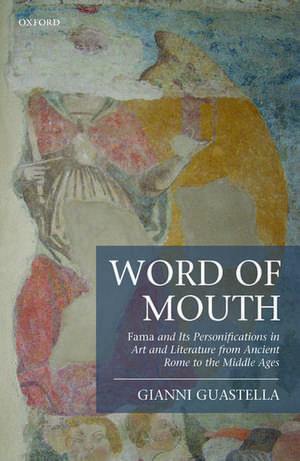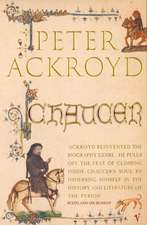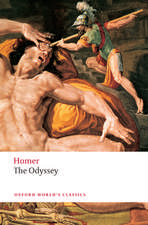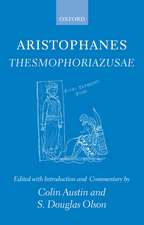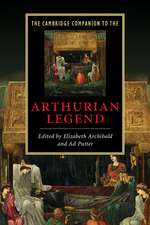Word of Mouth: Fama and Its Personifications in Art and Literature from Ancient Rome to the Middle Ages
Autor Gianni Guastellaen Limba Engleză Hardback – 19 ian 2017
Preț: 823.07 lei
Preț vechi: 1179.72 lei
-30% Nou
Puncte Express: 1235
Preț estimativ în valută:
157.51€ • 163.51$ • 131.34£
157.51€ • 163.51$ • 131.34£
Carte disponibilă
Livrare economică 18-24 februarie
Preluare comenzi: 021 569.72.76
Specificații
ISBN-13: 9780198724292
ISBN-10: 0198724292
Pagini: 458
Ilustrații: 46 black-and-white illustrations
Dimensiuni: 162 x 241 x 29 mm
Greutate: 0.82 kg
Editura: OUP OXFORD
Colecția OUP Oxford
Locul publicării:Oxford, United Kingdom
ISBN-10: 0198724292
Pagini: 458
Ilustrații: 46 black-and-white illustrations
Dimensiuni: 162 x 241 x 29 mm
Greutate: 0.82 kg
Editura: OUP OXFORD
Colecția OUP Oxford
Locul publicării:Oxford, United Kingdom
Recenzii
Guastella's English prose is clear and graceful (especially impressive given that the first version was composed in Italian!), and his research exhaustive... this is clearly a masterly survey of the surviving evidence for fama and its congeners... will be an essential starting point for research in this area of literary and semiotic analysis.
In this extremely impressive book Guastella has given us a fascinating study of fama. This is a book of truly impressive learning. It ranges widely and authoritatively, moving from the Greco-Roman world through the Middle Ages to the Renaissance. Guastella seems to be at home in every age and in every sub-fi eld of scholarship, offering fascinating and convincing readings of both texts and images, taking his readers from Homer to Chaucer, via Vergil, Ovid, Hendrik Goltzius, and much else.
Overall this is a valuable contribution to the expanding field of fama-studies, a work of high intelligence and exemplary scholarship.
In this extremely impressive book Guastella has given us a fascinating study of fama. This is a book of truly impressive learning. It ranges widely and authoritatively, moving from the Greco-Roman world through the Middle Ages to the Renaissance. Guastella seems to be at home in every age and in every sub-fi eld of scholarship, offering fascinating and convincing readings of both texts and images, taking his readers from Homer to Chaucer, via Vergil, Ovid, Hendrik Goltzius, and much else.
Overall this is a valuable contribution to the expanding field of fama-studies, a work of high intelligence and exemplary scholarship.
Notă biografică
Gianni Guastella is Professor of Latin Language and Literature at the University of Siena. His research interests focus mainly on Roman theatre and its reception in the culture of the medieval and Renaissance periods. He has published widely on topics ranging from the theatre of Plautus, Archaic Latin metre, and the reception of Apuleius, to family relationships in the Roman world, including authored monographs on Terence's comedies and Seneca's tragedies, an edited volume on the rediscovery of classical theatre in the Modern period, and commentaries on two of Suetonius' Lives of the Caesars.
